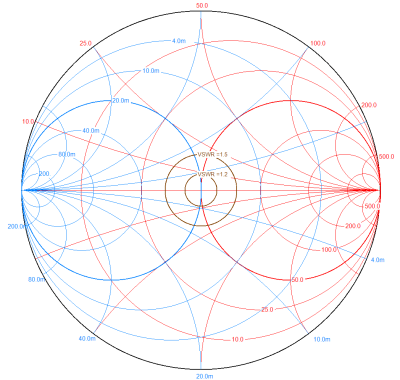Weekend Educational Session
MRI RF Systems
| Saturday Parallel 4 Live Q&A | Saturday, 8 August 2020, 15:30 - 16:00 UTC | Moderators: David Brunner & Manisha Aggarwal |
Session Number: WE-17
Overview
In this one-day course, the principles of RF coils used to detect and excite MR signals will be discussed, beginning with the transmission lines that interconnect the coils to the MR system, extending to single-surface and volume coils, and finally to RF coil arrays for both transmit and receive. A discussion of the RF modeling tools used to analyze these coils and coil arrays and their interaction with the patient and the environment will lead into the interaction of RF fields with other objects in the MR environment. The course will conclude with a live demonstration of array coil construction. Attendees will receive relevant session and talk recommendations from the speakers.
Target Audience
This course is designed for MR technicians, scientists, and engineers with an interest in understanding the principles behind the construction, design, and use of RF coils and RF coil arrays.
Educational Objectives
As a result of attending this course, participants should be able to:
- Describe basic RF design;
- Describe the basic theory, design, and construction of single and multi-tuned RF coils and their feed networks;
- Illustrate the principles of operation and basic applications of receive and transmit RF coil arrays; and
- Compare and contrast the major methods of RF modeling commonly in use and the relative advantages and disadvantages of each.
 |
Basics of Transmission Lines & Power Transfer
Stephen Ogier
The MRI signal is excited and detected using radiofrequency systems. To those unfamiliar with RF systems the equipment, concepts, and measurements can be intimidating and confusing. Developing an understanding of transmission lines, which form the basis for RF systems, allows one to easily understand most of the RF system at a basic level. The aim of this is to provide an introduction to transmission lines and the parameters/metrics commonly used with them. Additionally, some applications of transmission line theory to MRI will be introduced and discussed.
|
|
| Volume & Surface Coils
Özlem Ipek
|
||
 |
Multi-Nuclear Coils
Ryan Brown
· Dual-tuned coils provide metabolic information (x-nuclei module) and co-registered anatomical images and B0 shim settings (1H module) without repositioning the subject or coil · X-nuclei signal strength is typically less than 1/1,000× that of 1H (1). Therefore it is important to maximize x-nuclei receive sensitivity while simultaneously providing adequate 1H sensitivity · We will discuss prevalent dual-tuning techniques and considerations for performance characterization and interfacing dual-tuned coils |
|
| Receive Arrays & Circuitry
Gillian Haemer
|
||
| Transmit Arrays & Circuits
Sigrun Roat
|
||
| Transmit Arrays for UHF Body Imaging
Stephan Orzada
As the main magnetic field strength increases, the corresponding RF wavelength is shortened. This leads to pronounced wave effects in the transmit field, causing inhomogeneous excitation. Multi-channel arrays provide additional degrees of freedom to mitigate such effects and to manipulate (or to tailor) RF transmission. Roughly these can be divided in 3 types, namely local arrays, remote circumferential arrays and travelling wave arrays. Examples of these arrays are presented in this educational talk.
|

 Back to Program-at-a-Glance
Back to Program-at-a-Glance Watch the Video
Watch the Video Back to Top
Back to Top